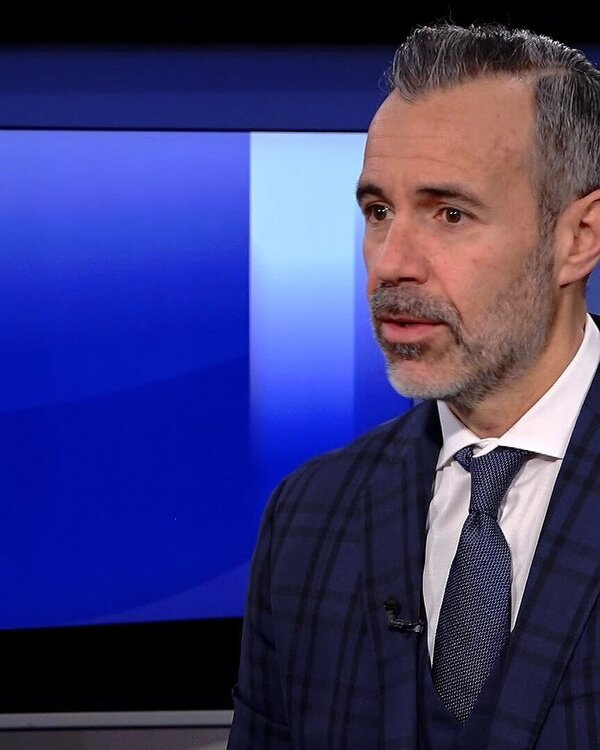Invest passively or actively?
We’ll show you the different investment styles and explain the advantages and disadvantages of both active and passive funds. Whether passive or active, investing in the financial markets offers an attractive way to build up long-term wealth and achieve financial goals.

Passive or active? Advantages and disadvantages
Investment funds can be a convenient and cost-efficient way to invest in financial markets with diversification, as they pool the capital of many investors in order to invest in a diversified portfolio of securities such as equities, bonds or other asset classes. The funds can be active or passive, with each option having its own advantages and disadvantages. The choice between active and passive funds depends on the investor’s individual preferences, objectives and ability to bear risk.

Active investment funds
Anyone who wants to achieve a higher return than the market with their investment should generally invest in an actively managed fund. The aim of such a fund is to beat the market with the help of professional management. Experienced fund managers make informed investment decisions and react flexibly to market changes. Their decisions are based on extensive research and analysis work.
In addition, actively managed funds can be tailored to the individual investment objectives and risk tolerances of investors. In volatile or inefficient markets, active investment funds provide access to specialised investments that would be difficult for individual investors to invest in. However, investors should take into account the higher fees and the fact that not all actively managed funds beat the market.
Passive investment funds
Passively managed funds such as index funds and exchange-traded funds (ETFs) track a specific index and therefore do not require active fund management. The design of these funds generally results in lower costs than for actively managed funds. Nevertheless, passive investment funds also typically offer broad diversification and reduce risk by spreading investments across many securities. What’s more, they are transparent and easy to understand, as their composition and strategy are clearly defined based on the index. The disadvantage is that they offer no opportunity to beat the market, as they only achieve the return of the index. They also lack the flexibility to respond to market changes or specific opportunities and are fully exposed to market fluctuations.
Comparing like for like
The return of actively managed funds is often compared to the return of an index. But that’s not right. That is because the net return of an active fund includes its management costs. This means that management costs (e.g. 1.75%) are deducted from the performance achieved (e.g. +6.50% gross). A return of 4.75% then remains. Moreover, you can’t “buy” the index itself directly; you need an investment instrument such as an ETF to replicate the index. Actively managed funds should therefore not be compared with the performance of an index, but always with passive alternatives such as ETFs. That’s exactly what we do in this comparison.
Active or passive investing?
As already mentioned, the choice between active and passive funds depends on the investor’s individual preferences, objectives and ability to bear risk.
If they are able to follow market cycles and participate in the long-term growth of broad indices, ETFs are likely to be a good choice. In this case, the argument for lower costs outweighs the potentially lower return compared to a similarly set-up actively managed fund.
If, on the other hand, the focus is on an above-average return, this can generally only be achieved via a well-managed, active investment fund. The higher costs should then be compensated for by the additional return.
- The active investment style aims to outperform the average market return.
- The passive investment style reflects the average market return and is characterised by lower fees.




